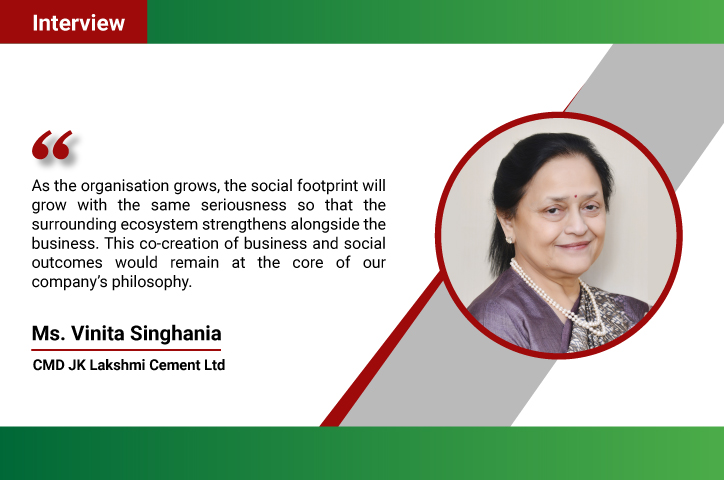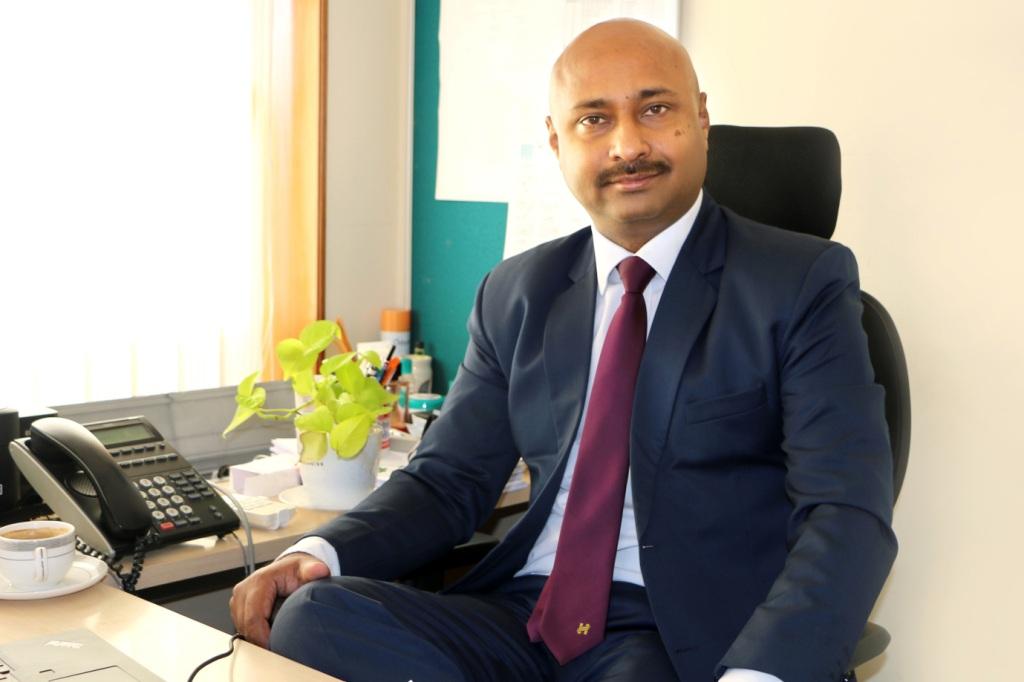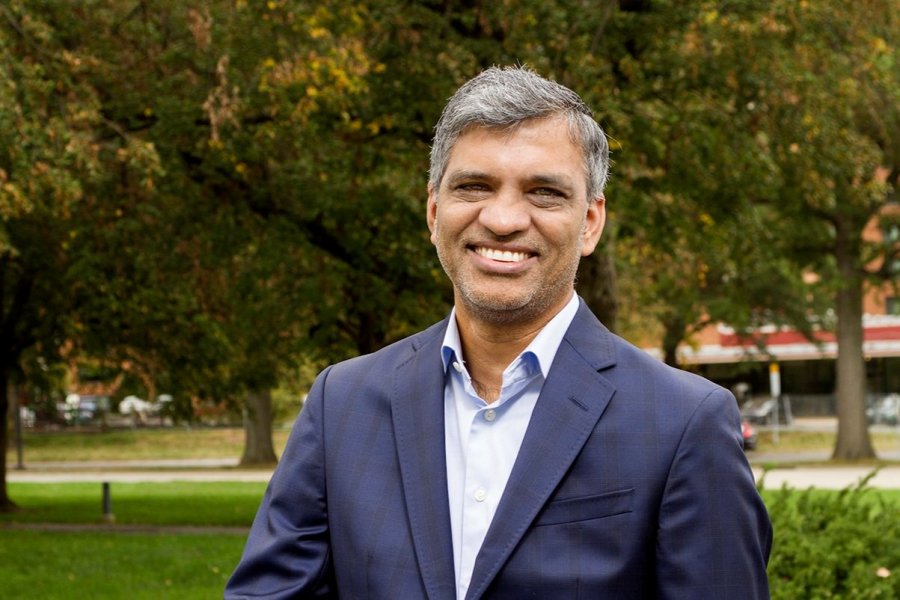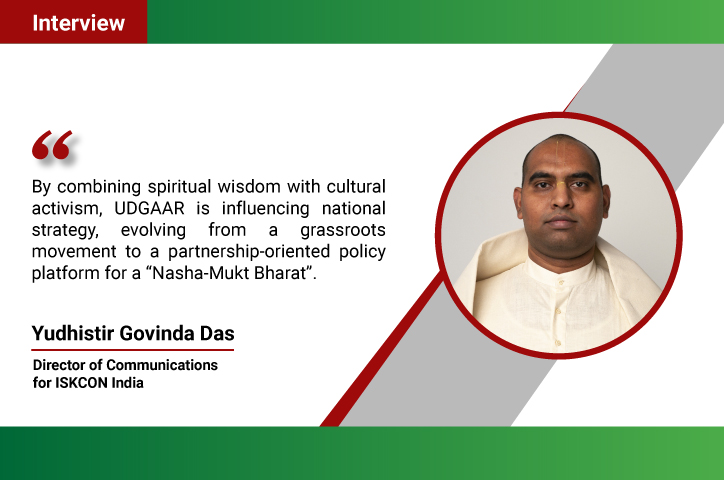With a vision to create financial opportunities and enable livelihoods for rural households, especially catering to the women community, Sugmya Finance has been instrumental in transforming the lives of as many as many as 57,000+ women across India. The loan options provided by the company helps promote self- employment and reduced economic dependency on male family members.
In this interview with TheCSRUniverse, Mr Vikas Singh, Co-founder and CEO, Sugmya Finance, talks about how his organisation has been helping transform mindsets and creating social impact through a diverse range of tech operations, e-clinics and loan options like MSME loans, micro loans and consumer durable loans. He emphasises on the need to eradicate financial and digital illiteracy and shares how Sugmya Finance is raising awareness via a host of social engagement programmes.
He also spells out the current challenges in the microfinance domain and the possibility to turn this around by making investors and lenders more approachable.
To gain further insights on the nitty-gritties of how microfinance can help lead to a self-reliant rural economy, scroll down to read the full interview...
Q: What are the various social and economic empowerment initiatives of Sugmya Finance?
A: Established in 2019, we at Sugmya Finance Private Limited (SFPL) are a leading non-banking financial company (NBFC) in India. Having grown exponentially over the last 3 years, we deliver a diversified range of end-to-end financial services to men and women from semi-urban, urban and rural locations in India.
Since most rural borrowers cannot access funds from other financial institutions, taking financial services from Sugmya enhances their chance of income generation. Having supported several rural women to run small businesses, the company has played a part in enhancing their social status and reducing their economic dependency of male family members. Our institution has touched the lives of as many as 57803 women across India since its inception. Not only that, we also promote literacy of women as it helps reducing their fears and inhibitions around banking and stimulates interest into becoming active bank customers. Our staff has served close to 60,000 families across 9 states and taught numerous women to register their signatures.
By enabling rural people to start and expand their businesses, we help them increase their financial awareness, save up for their children’s education, become responsible for their family's financial wellbeing and build an innate sense of achievement.
Q: How is your geographical presence? How many people have you financed (supported) till date? Please elaborate on the impact and scale of these initiatives.
A: Sugmya Finance was built with a vision of creating a social impact through a diverse range of tech operations, e-clinics and loan options like MSME loans, micro loans and consumer durable loans. In fact, microfinance has evolved primarily with the purpose of promoting self-reliance and self-employment. It can help low-income households and small businesses to stabilize their income. So far, we have empowered more than 60,000 households through our network presence of 104 branches in 64 districts across 9 states.
Q: You have vast experience of working in micro- financing in the rural sector. What are the key challenges in this sector?
A: Microfinance has evolved over the last few decades. Today, it has become instrumental in extending financial services to the unbanked and underbanked sections of the Indian population. However, there are several challenges that are faced by the microfinance sector.
One of them is that most customers don’t fully utilize their loan for the purpose they state at the time of loan appraisal. Even as there is growing awareness of microfinance in the rural segment, several cases of credit pipelining have also been observed. But if repayments are regular, it is difficult to identify these incidents. On the other hand, financial illiteracy makes repaying installments difficult for customers, especially through digital modes.
In the current scenario, technology is bringing radical changes in the industry through its increasing outreach. But the lack of awareness of financial services and digital illiteracy is what keeps the rural population from accessing MFIs to meet their financial needs.
Q: Due to the higher operating costs as compared to conventional banking, how can MFIs strike a balance between being financially sustainable and operationally self-sustainable? What are the challenges and frictions here?
A: There are many ways to minimise operating costs. Digital payments are one of the most powerful tools for MFIs to minimise operational costs as compared to traditional operations. Although the operating cost is a challenging factor for MFIs in comparison to banks, MFIs should have a purposeful mission and vision backed by the policy of the institution.
MFIs must work at ground level so that they can extend their reach to customers. Additionally, recruiting the right talent and staff training also offer several benefits.
Nowadays, there are various NBFC-MFIs and NBFCs in the market which make the MFI sector highly competitive. There is a lot of competition for raising funds from various lenders and investors. Presently, there are a number of challenges that MFIs face while striking a balance between financial and operational sustainability. This includes funding on a higher interest rate, limited or no access to latest technologies due to high costs, lack of legal help due to unsecured loan disbursement and other unforeseen financial issues.
Q: During COVID, millions of people lost their employment in both organised and unorganised sectors. What initiatives did you take to support such people towards enabling them for self-employment?
A: COVID -19 as a pandemic has adversely affected millions of families across India. Most people had to rebuild their livelihoods for survival. During this time I had started a campaign to financially support people with small ticket loans, besides organizing various awareness programs. Our staff offered training to our customers and helped them kick-start their businesses as per their comfort and suitability. We have supported them by providing affordable loans to stabilise their small businesses. In addition, we also insured them against a loan amount in case they are affected by any unforeseen circumstances.
Q: What is the policy support NBFCs need to work more effectively especially in the rural areas?
A: The major problem in the NBFC sector is the over-indebtedness of the customers. To prevent we need to have robust policies. Also, NBFCs need to work on financial awareness, inclusion and understanding the importance of credit history of customers.
Q: How are you incorporating technology in your projects especially when technological advancements are slow paced especially in rural settings?
A: Rural people mostly depend on cash transactions and to introduce the concept of digital payments is a very daunting task since the rural economy is mostly informal or unorganized. To meet this need, we have made efforts to digitalise our process, business function and lending cycle.
There are many misconceptions about banking and daily wage earners must learn its importance. Many fear that they can be cheated or refrained from withdrawing money. For this, Sugmya Finance is proactively expanding their reach to offer services to the unbanked population with the help of digital tools like eKYC, e-signature, Aadhaar-based verification. Digital financial inclusion will continue to evolve in India and we hope to contribute to the country’s growth journey.
Q: How receptive has the rural community, especially women, been to your efforts? What are the main challenges that you face in terms of execution and implementation of initiatives (language barrier, hesitancy owing to patriarchal set-up etc)?
A: One of the first challenges in empowering people is not that of financial service delivery, but navigating a particular mindset. Moreover, awareness levels are also less due to low literacy rates among the rural population. This makes literacy a necessity since it helps reduce women’s fears and inhibitions around banking and stimulates their interest into becoming active bank customers.
Gone are the days when women had to stay behind a ‘ghoonghat’. Today most people in their families and communities are able to view them as worthy of making financial decisions or as an entrepreneur. Starting small businesses gives women affirmation and is an acknowledgment of their role within their families. Once the woman starts making meaningful money, the pendulum begins to swing in her favor. Men respect their wives more when they become successful entrepreneurs. In some cases, it’s the men in the family who need the women to provide access to loans.
The participation of rural women in the labor force is helping them to become independent at various levels and also leading the way for families to step out of the poverty line. That is why it is imperative that women are promoted and supported with an increased focus on equality through education and productive employment. Not only does it lead to women empowerment, but also influences financial inclusion and drives sustainable economic growth for Bharat. Ultimately, it is women-led development that will pave way for a self-reliant Bharat, as India cannot have an Atmanirbhar Bharat without making our women Atmanirbhar.
Q: What are the various social engagement tools that you use to raise and build awareness?
A: Sugmya is actively involved in raising awareness with regards to finance, health and overall well-being in rural areas. As a practice, we frequently organise medical camps and distance OPDs, distribute medical kits, hold digital literacy workshops and conduct client satisfaction surveys to name a few. Our staff provides financial knowledge to customers on a routine basis. We also spread social awareness by organizing nataks and other programmes in villages so that customers can connect with our organisation.
Q: Please elaborate on the importance of democratizing the access to market and providing corresponding linkages to marginalized communities.
A: Today, provision of inclusive financial services has become a basic priority in many countries. Leaders of G-20 nations too have emphasized on financial inclusion as a driver for social and economic growth. An organisation must have a good framework which embodies their mission, but at the same time democratisation is not just about providing access. It is about making investors and lenders more approachable. We also must empower people to learn about the significance of microfinance. This will help unlock a plethora of opportunities and investment streams for rural India.













.jpg)




